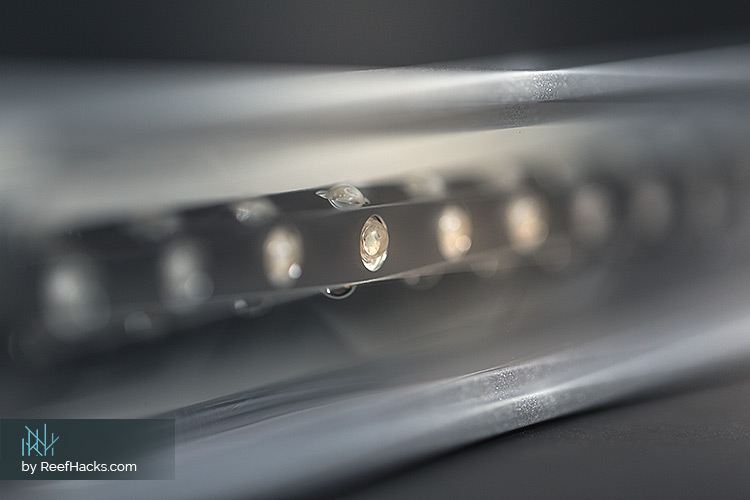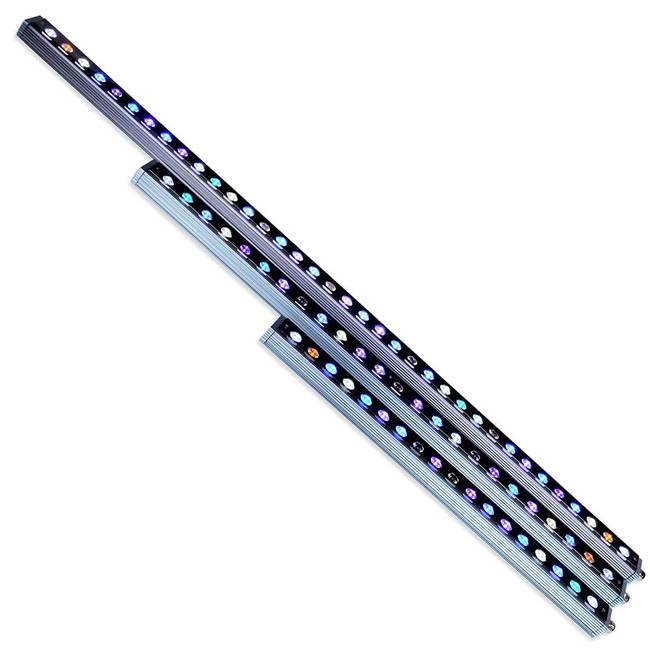Honestly what you need to do is test the Orpheks at a height where their peak par (middle) matches that of the XHO and then measure the same thing as before, just the orphek higher up. That's the most fair way to do it, and more logical. Orphek may be able to achieve a similar spread but need to be higher up, know what I mean? Either way thank you for taking the time to test this.
Ah good point. Didn't pay attention to that when reading through the test. So the difference is more about the use case of how high one have space for mounting the lights.























